Search results for: 'torin 1'
-
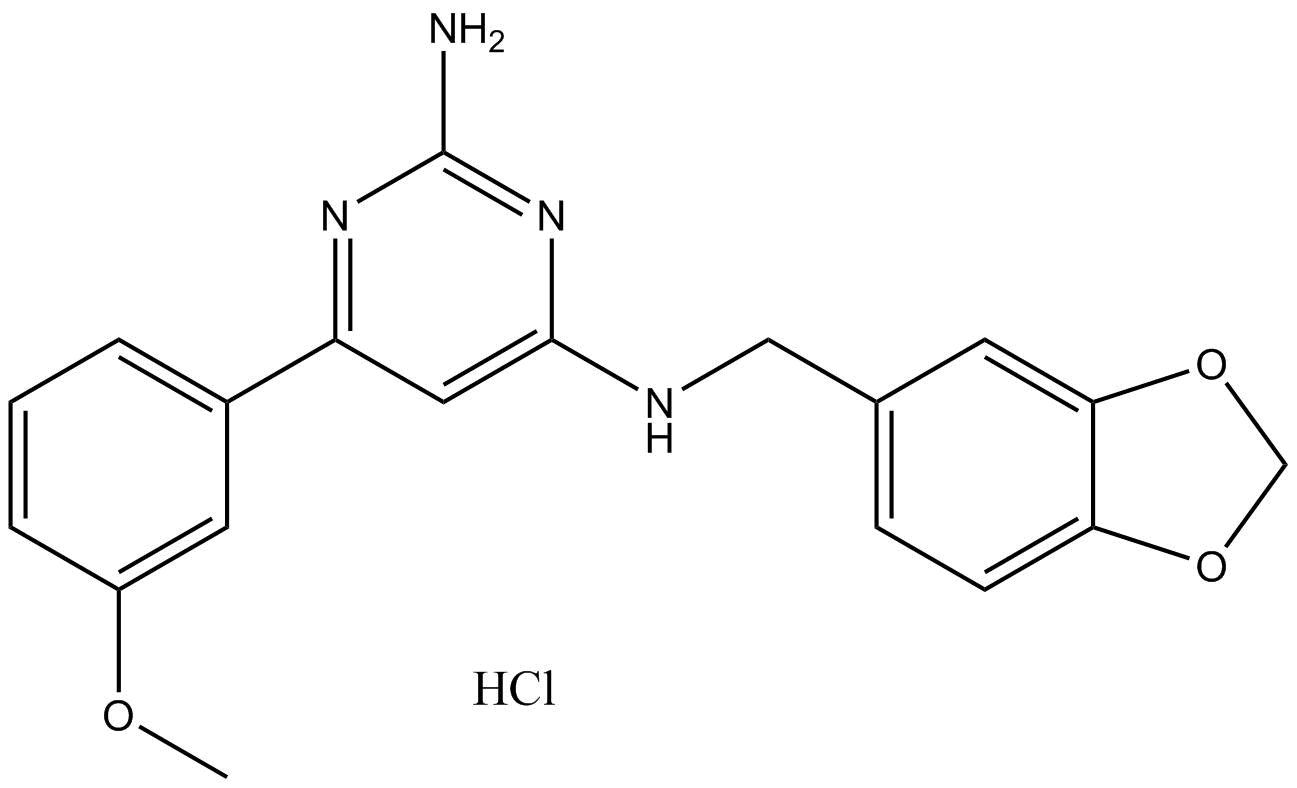 B6059 Wnt agonist 11 CitationSummary: agonist of Wnt signaling pathway
B6059 Wnt agonist 11 CitationSummary: agonist of Wnt signaling pathway -
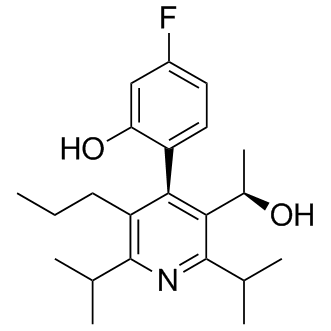 A3437 glucagon receptor antagonists 3Summary: Glucagon receptor antagonist
A3437 glucagon receptor antagonists 3Summary: Glucagon receptor antagonist -
 A4472 Mdivi 11 CitationSummary: Selective DRP1/Dnm1 inhibitor, cell-permeable
A4472 Mdivi 11 CitationSummary: Selective DRP1/Dnm1 inhibitor, cell-permeable -
 B7548 exo-IWR 1Summary: Negative control for endo-IWR 1 (Wnt signaling inhibitor)
B7548 exo-IWR 1Summary: Negative control for endo-IWR 1 (Wnt signaling inhibitor) -
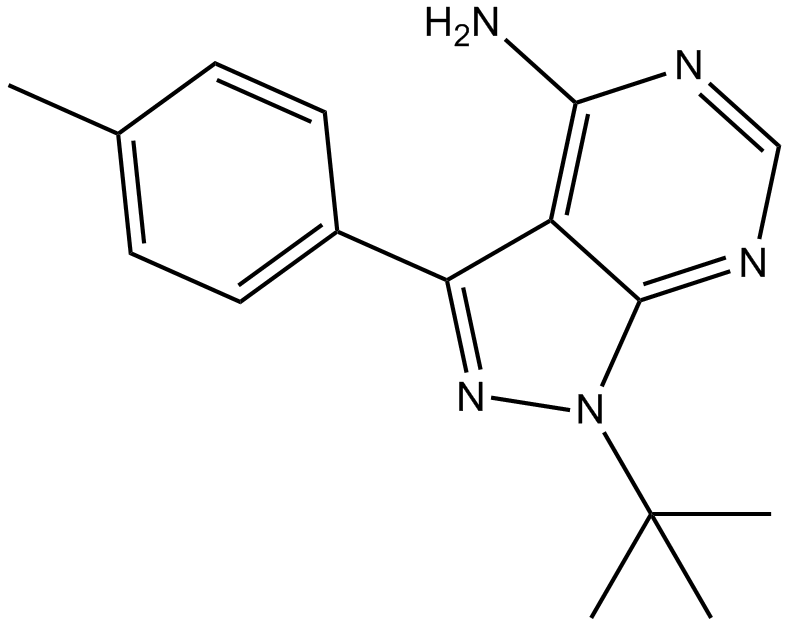 A8215 PP 1Target: Src|EGFR|JAK|ZAP-70Summary: Src family tyrosine kinase inhibitor
A8215 PP 1Target: Src|EGFR|JAK|ZAP-70Summary: Src family tyrosine kinase inhibitor -
 A4450 CHM 1Summary: Tubulin polymerization inhibitor
A4450 CHM 1Summary: Tubulin polymerization inhibitor -
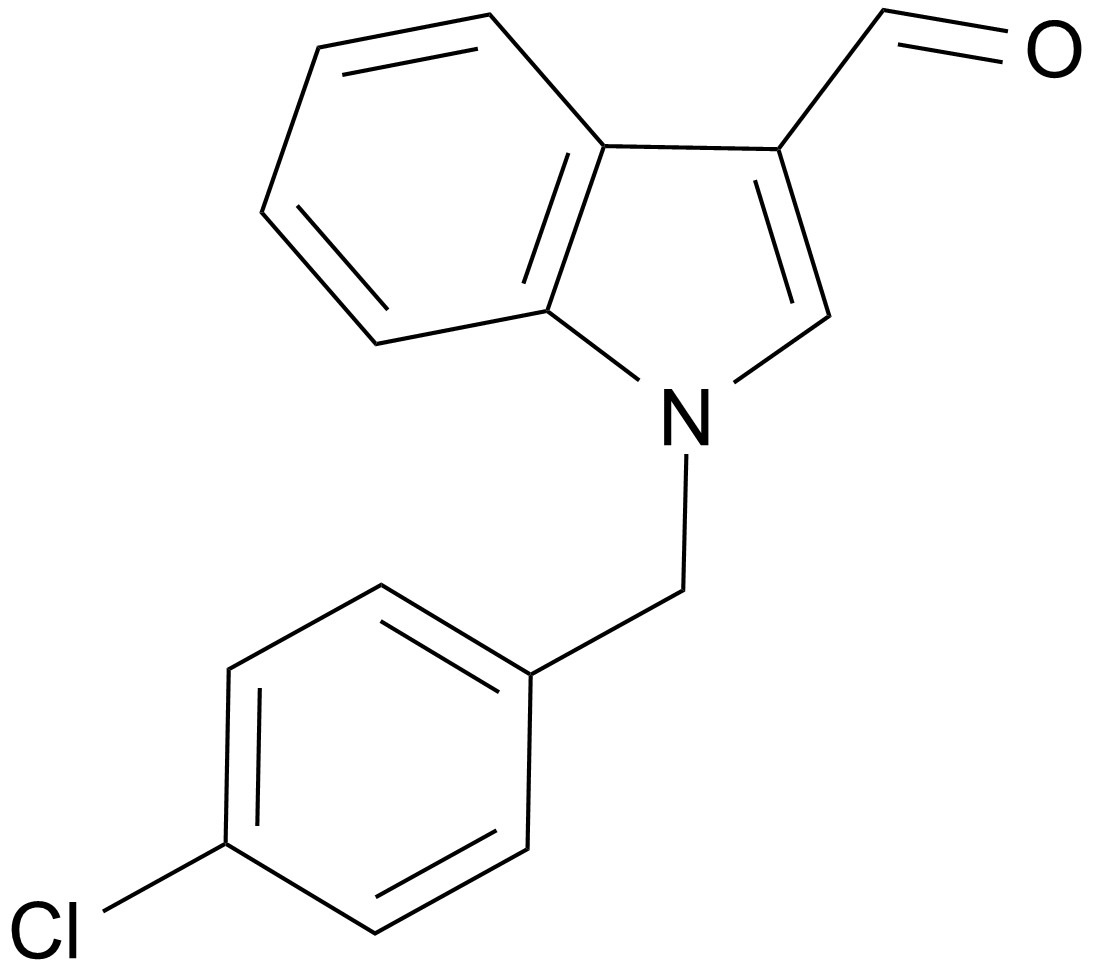 A4454 Oncrasin 1Summary: Proapoptotic agent
A4454 Oncrasin 1Summary: Proapoptotic agent -
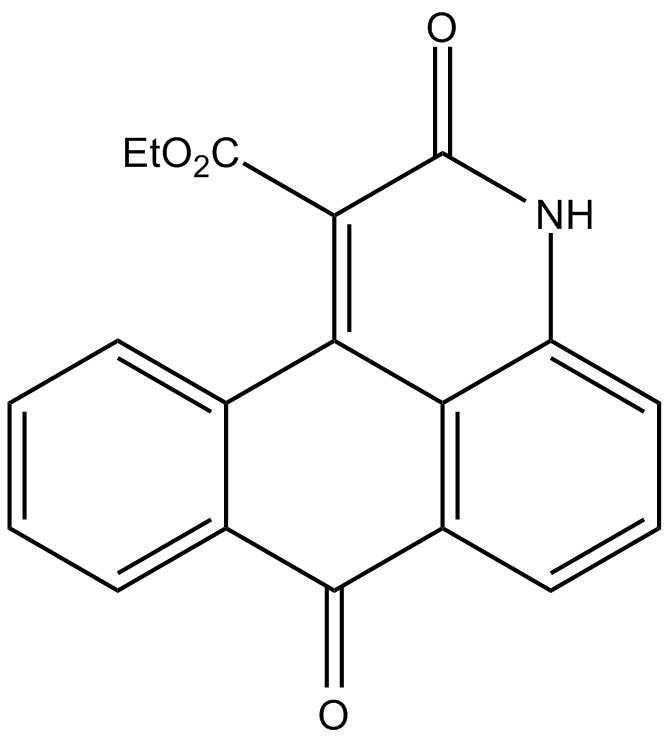 A4474 NQDI 1Summary: ASK1, MAP3K5 inhibitor
A4474 NQDI 1Summary: ASK1, MAP3K5 inhibitor -
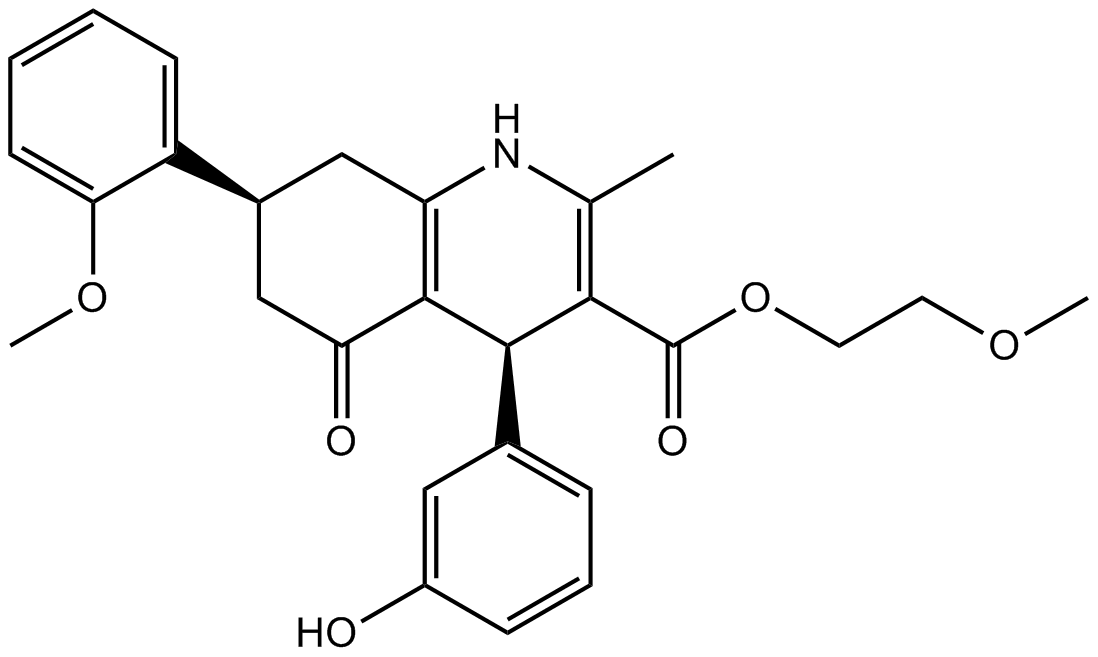 A8654 HPI 1Summary: Hh signaling inhibitor
A8654 HPI 1Summary: Hh signaling inhibitor -
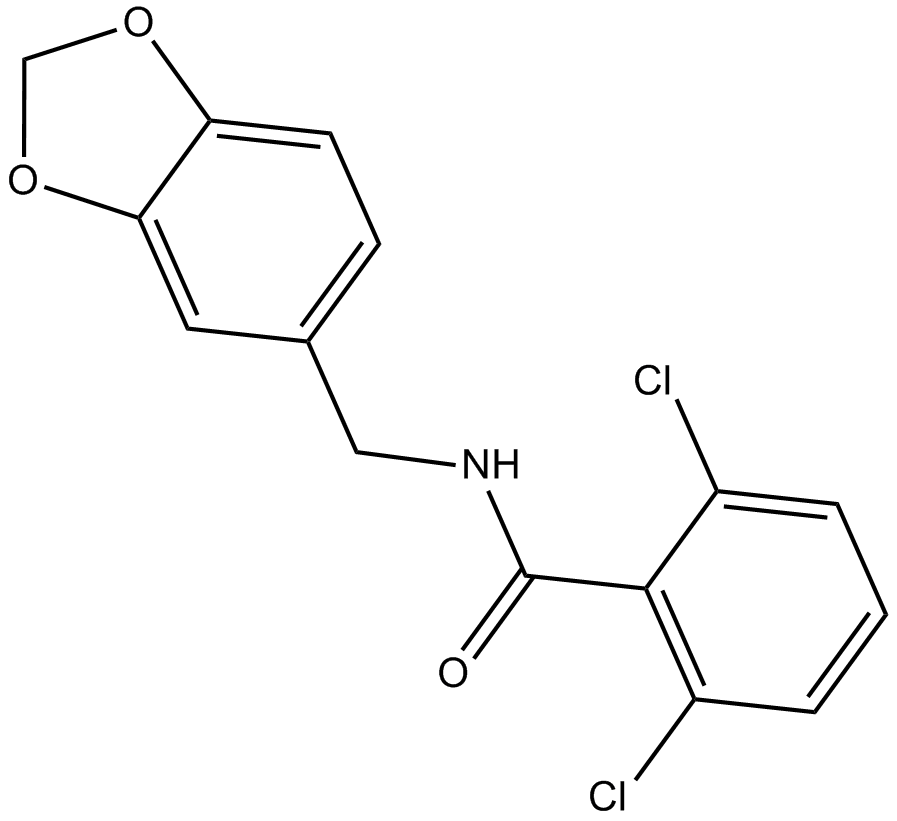 B5508 Alda 1Target: Aldehyde DehydrogenasesSummary: ALDH2 activator
B5508 Alda 1Target: Aldehyde DehydrogenasesSummary: ALDH2 activator

